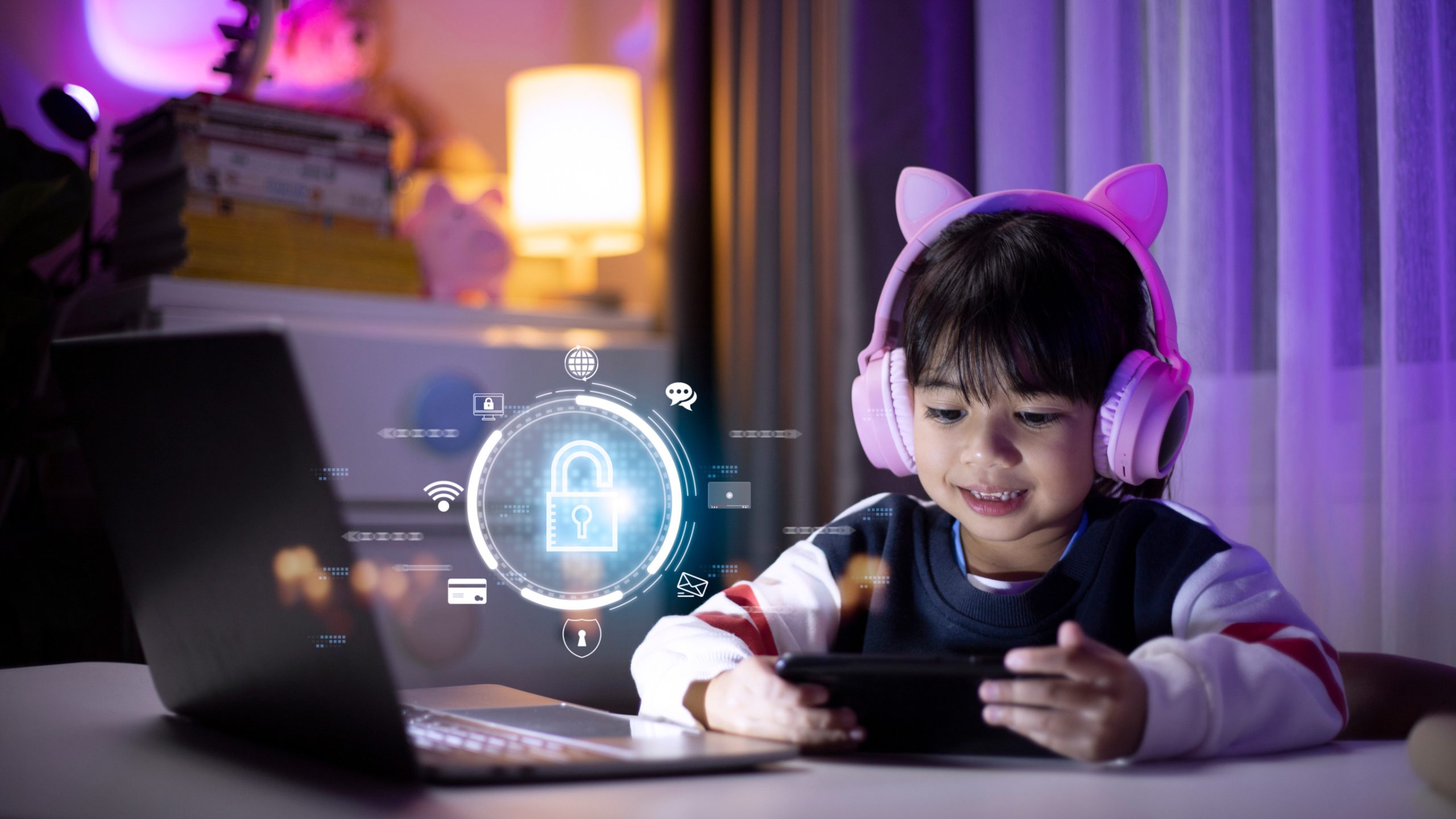
As parents, we lock our doors, hold hands near traffic, and double-check the playground equipment—but when it comes to protecting our child’s privacy online, the threats are harder to spot. Many families assume their kids are safe behind age restrictions and privacy policies, but loopholes in current laws mean personal data can still be collected, stored, and even sold. From seemingly harmless apps to educational platforms, children’s information is often more exposed than we realize. Even with protections like COPPA (Children’s Online Privacy Protection Act), companies have found ways to slip through the cracks. Here are seven legal loopholes every parent should know about when it comes to safeguarding their child’s privacy online.
1. Parental Consent That Isn’t Really Informed
Many apps and websites targeting kids include a checkbox asking for “parental consent,” but they rarely verify it in a meaningful way. A child can often click “I’m a parent” or enter an email without confirmation. This means companies may claim they have consent without ever actually notifying you. These weak consent systems allow data collection to proceed unchecked. Unless you’re actively supervising app installations, your child’s privacy could be compromised without your knowledge.
2. Educational Platforms That Share Data
You’d expect classroom tech to be safer, but even school-approved platforms have been caught sharing student data. COPPA has exceptions for school use, meaning districts can authorize data collection on your child’s behalf. Unfortunately, this means you often don’t get to approve or review the data being collected. In some cases, third-party vendors gain access to personal details like browsing history, location, and device usage. Always ask your school what platforms are being used and how student data is handled.
3. Apps That Don’t Look Like They’re for Kids
Companies can avoid stricter privacy requirements by claiming their app is “general audience,” even if it’s filled with content for kids. If a platform doesn’t market itself as a children’s app, it isn’t bound by the same COPPA rules. This loophole allows some games, videos, or social apps to bypass privacy protections altogether. Children using general-audience apps may unknowingly be tracked just like adults. Check age ratings and privacy policies carefully before approving downloads.
4. Data That’s “Anonymized” (But Not Really)
One trick companies use is collecting “anonymized” data, meaning names and direct identifiers are removed. However, anonymized data is often still tied to specific user behavior and can be re-identified with enough context. A child’s browsing patterns, device ID, or location data can still paint a detailed picture. Since anonymized data isn’t subject to the same regulations, companies can legally sell or share it. It’s misleading and puts your child’s privacy online at greater risk than many parents realize.
5. Tracking Through Connected Toys
Many smart toys and interactive devices connect to Wi-Fi or Bluetooth and come with built-in microphones, cameras, or data-sharing features. While these toys may promise fun and learning, they often collect audio recordings, usage habits, and more. Laws do exist to limit this, but manufacturers can bury disclosures in fine print or vague language. If the toy connects to the internet, assume it’s gathering information unless you’ve reviewed the privacy settings. Always disable unnecessary features or choose toys with offline options.
6. Social Media Loopholes and Age Verification Gaps
Technically, most social platforms require users to be 13 or older, but enforcement is notoriously weak. Children can sign up using fake birthdays or with minimal barriers. Once inside, they’re treated as regular users, meaning their activity can be tracked and shared. Some platforms also blur the lines with “family features” that still collect behavioral data. This means even if you monitor screen time, your child’s digital footprint may already be growing fast.
7. The Lack of Global Protection Standards
While the U.S. has laws like COPPA, they lag behind more comprehensive protections found in places like the EU (with GDPR). This means U.S.-based families often rely on outdated standards that haven’t kept up with modern technology. As new devices and platforms emerge, lawmakers struggle to update or enforce existing protections. Until stronger legislation arrives, parents are often the only real line of defense for their child’s privacy online.
Be the Firewall: Stay Informed, Stay Involved
The digital world isn’t going anywhere, and avoiding tech entirely isn’t realistic. But staying aware of these legal loopholes helps you ask better questions, choose safer platforms, and teach your child how to navigate the internet wisely. Online privacy isn’t just about rules—it’s about raising kids who understand their digital rights and risks. The more informed you are, the better you can protect what matters most.
Which of these privacy loopholes shocked you the most? How do you protect your child’s privacy online? Share your tips in the comments below!
Read More:
Act Now: 9 Screen Time Rules You Need to Implement Tonight
8 Legal “Shortcuts” That End in Massive Regret
The post Protect Their Future: 7 Legal Loopholes Protecting Your Child’s Privacy Online appeared first on Everybody Loves Your Money.







